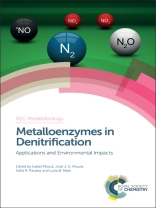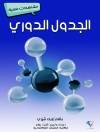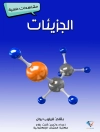The reduction of nitrate to nitrogen by metalloenzymes is a vital step in the nitrogen cycle. The importance of this pathway has inspired efforts to understand in greater depth the mechanisms involved. This book presents and discusses the latest information on multiple aspects of denitrification.
Written by recognized specialists in the field, this book describes the bioinorganic aspects and the key enzymes involved in denitrification, including their structure, function and mechanisms. Active site modelling, novel methodologies for monitoring denitrification in vivo and biotechnological methods for water treatment are discussed. The book also focusses on the environmental implications of denitrification, such nitrate accumulation and the release of nitrous oxide into the atmosphere from excessive fertiliser use.
An important topic in many biological, environmental and agricultural contexts, this book will aid teaching and help bioinorganic chemists and biotechnologists gain an up-to-date picture of the science behind the denitrification process.
Innehållsförteckning
A Bird’s-Eye View of Denitrification;
Good and Bad News from Denitrification;
Structure, Function and Mechanisms of Nitrate Reductase;
Nitrite Reductase – cytochrome cd1;
Structural and functional diversities of copper nitrite reductase on the biological nitrogen cycles;
Function and Mechanism of Nitric oxide Reductases;
Insights into Nitrous Oxide Reductase;
Model Compounds for Mo-Nitrate reductase;
Model Compounds for Fe NOR;
Model Compounds of Cu-containing enzymes;
Electron Transfer and Molecular Recognition in Denitrification;
Nitrate and Nitrite channels;
Regulation of Denitrification;
Denitrification in Fungi;
Same but different: dissimilatory nitrate reduction in Bacillaceae;
Water Treatment (Biotechnology);
Lessons from Denitrification to Human Metabolism of Nitrogen-containing Oxoanions;












